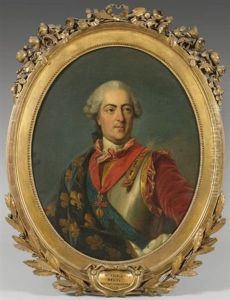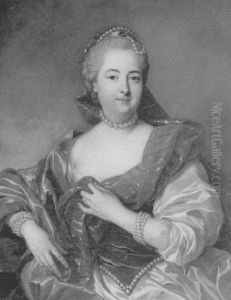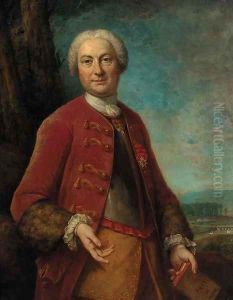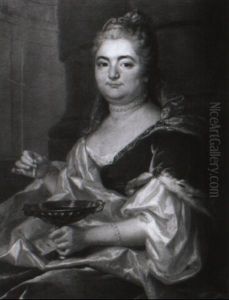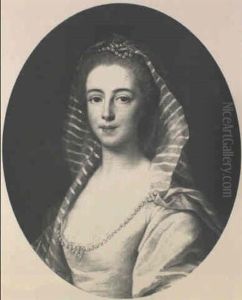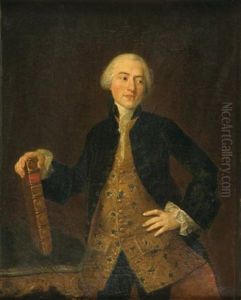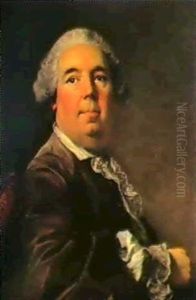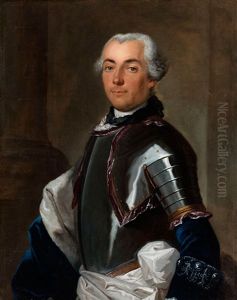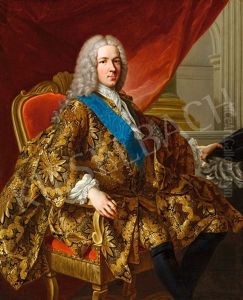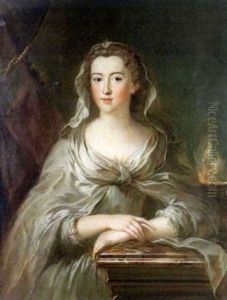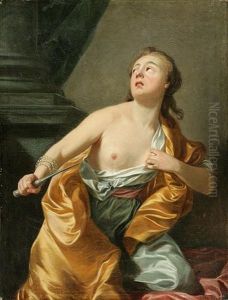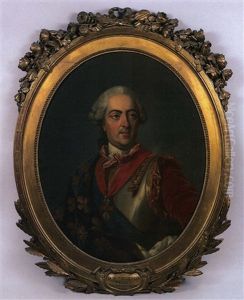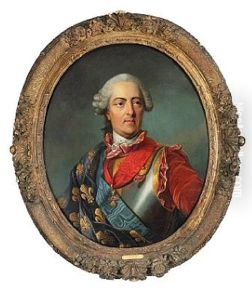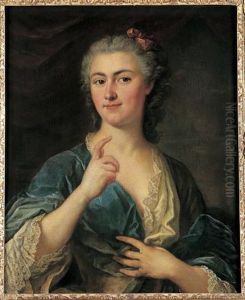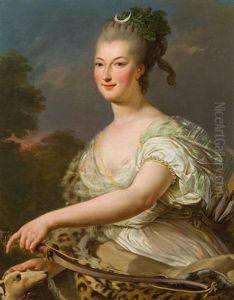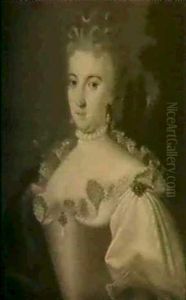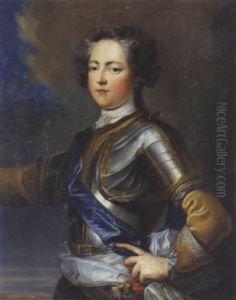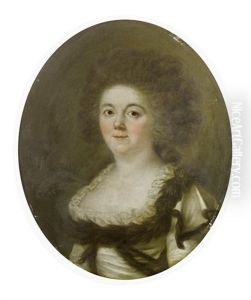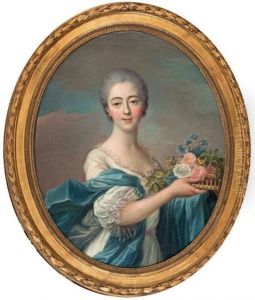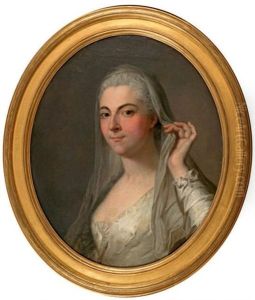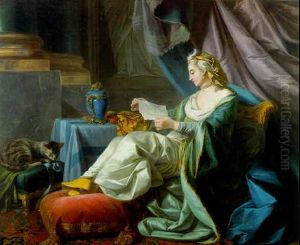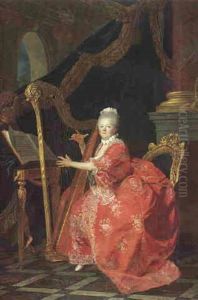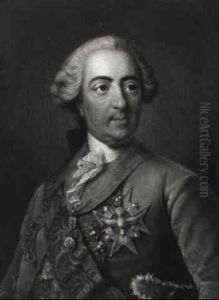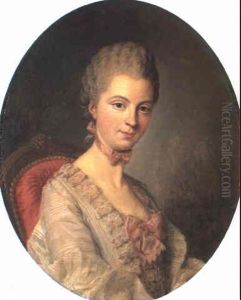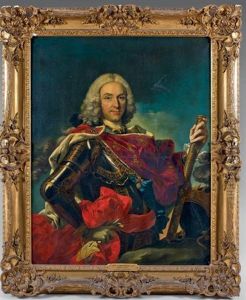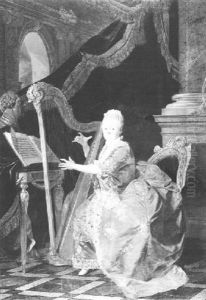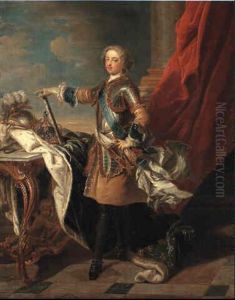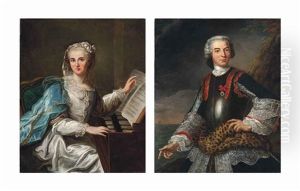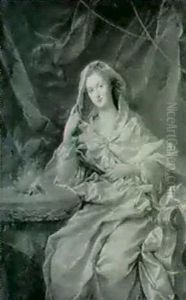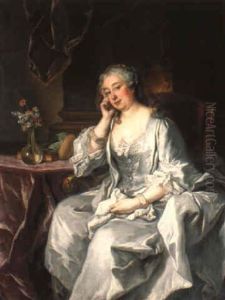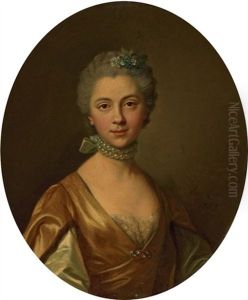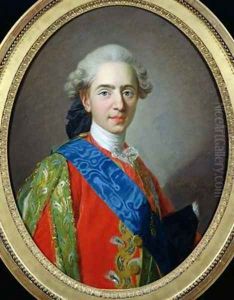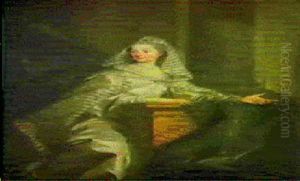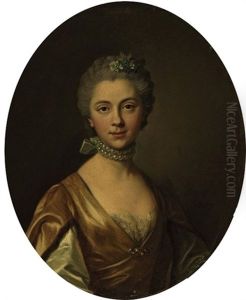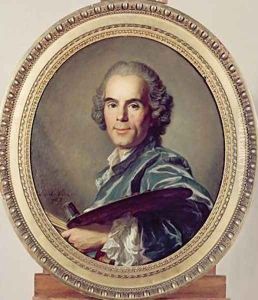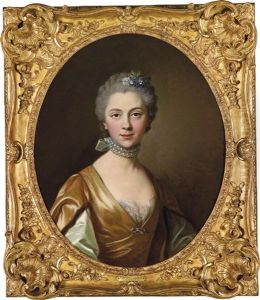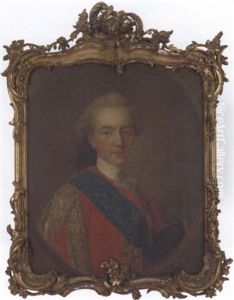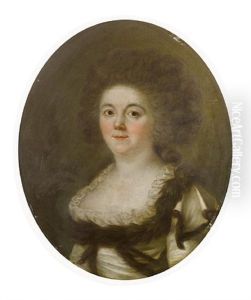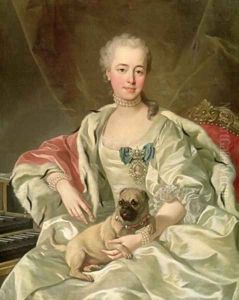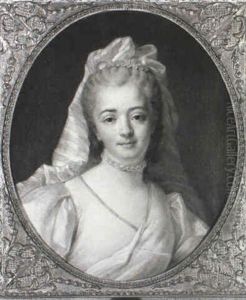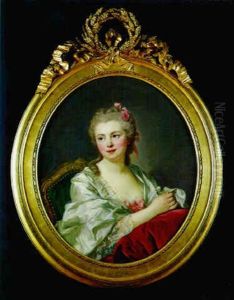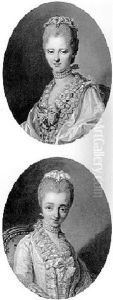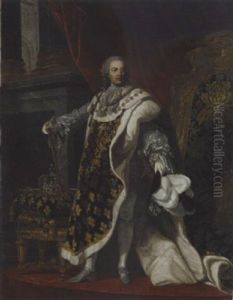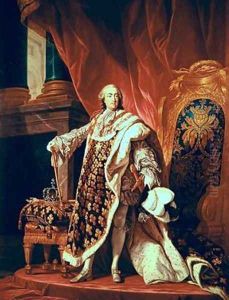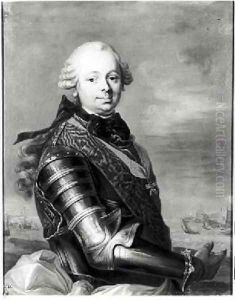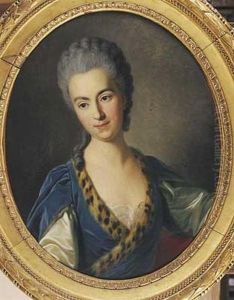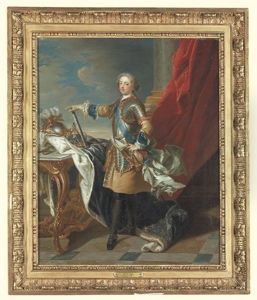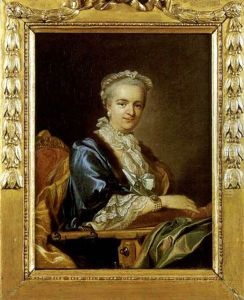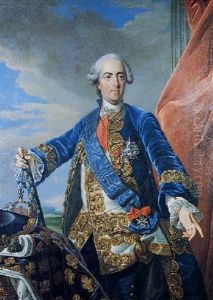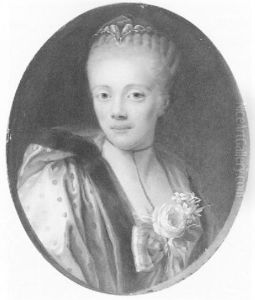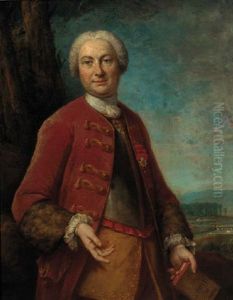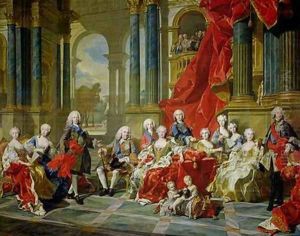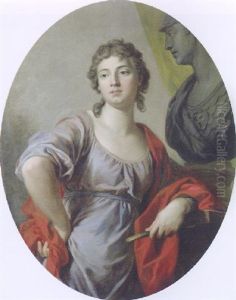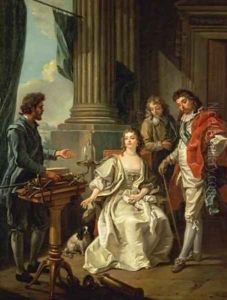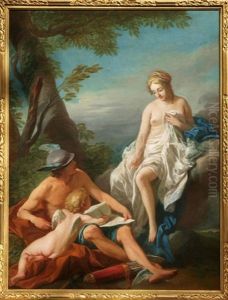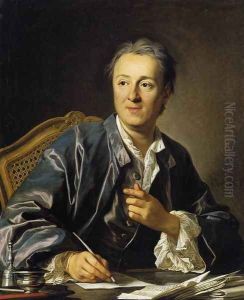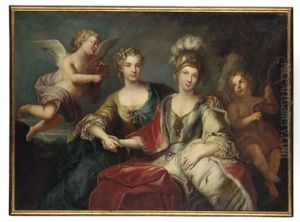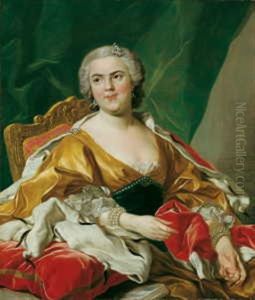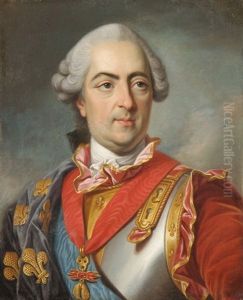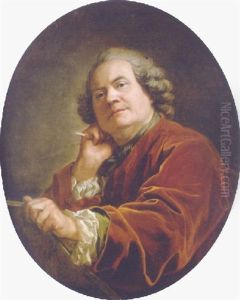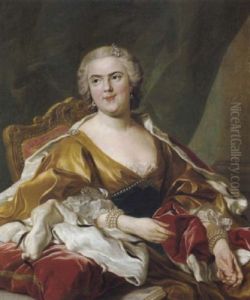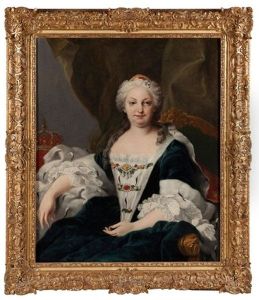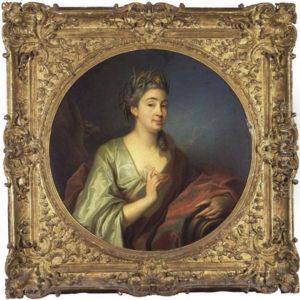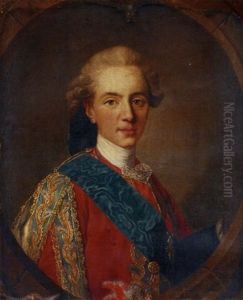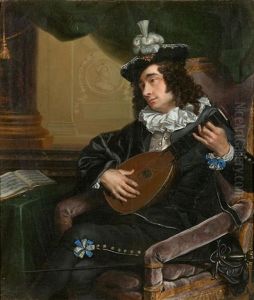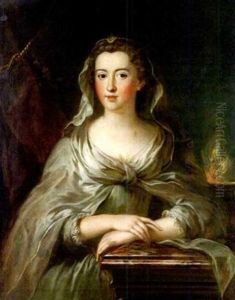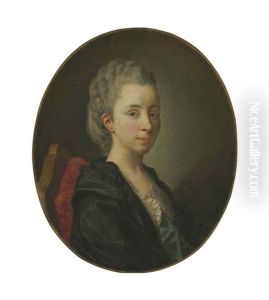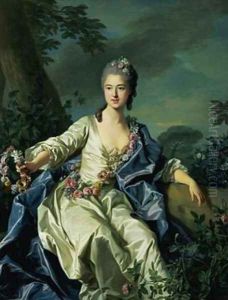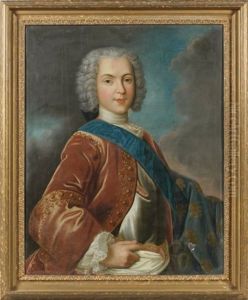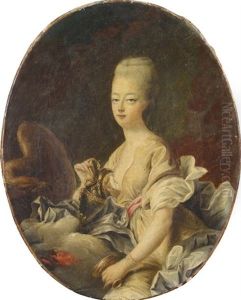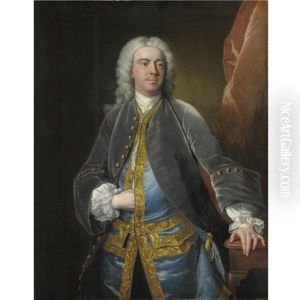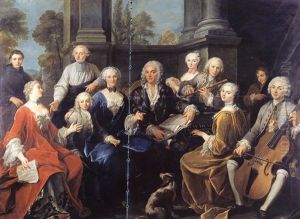Louis Michel van Loo Paintings
Louis Michel van Loo was a French painter born on March 2, 1707, in Toulon, France. He hailed from a prominent family of Dutch painters and was the son of the painter Jean-Baptiste van Loo, under whom he first studied. The van Loo family moved to France in the late 17th century and became deeply integrated into the French artistic community. Louis Michel van Loo continued the family tradition, becoming a well-known painter in his own right.
After his initial training with his father, Louis Michel van Loo traveled to Rome in 1727 to further his studies. There, he immersed himself in the study of classical art and the works of the Italian masters. His talents were recognized early on, and he became a member of the French Academy in Rome. Upon his return to Paris, he was admitted to the Académie Royale de Peinture et de Sculpture in 1733 and received the prestigious title of 'Académicien' with his reception piece, 'Democritus Abderites'.
Van Loo's career flourished in France, and he received numerous commissions for portraits and historical pieces. In 1745, he was appointed court painter to King Louis XV, a position that solidified his status as one of the leading artists of his time. Among his most famous works from this period is the 'Portrait of Louis XV,' which showcases his skill in capturing the elegance and opulence of the French court.
In 1762, van Loo was appointed the director of the French Academy in Rome, a testament to his artistic prestige and the respect he commanded among his peers. However, his time in Rome was short-lived, and he returned to Paris in 1765 due to poor health.
Louis Michel van Loo's style is characterized by a refined elegance and a clear influence of the Rococo movement, which was popular during his lifetime. His works are marked by graceful compositions, soft color palettes, and a skilled rendering of textures, especially in his depictions of fabrics and clothing.
Van Loo continued to paint and contribute to the art world until his death on March 20, 1771, in Paris. His legacy includes not only his own significant body of work but also his influence on the next generation of artists through his teaching at the Académie Royale. His works remain on display in various museums and collections around the world, testifying to his enduring impact on the history of French art.
